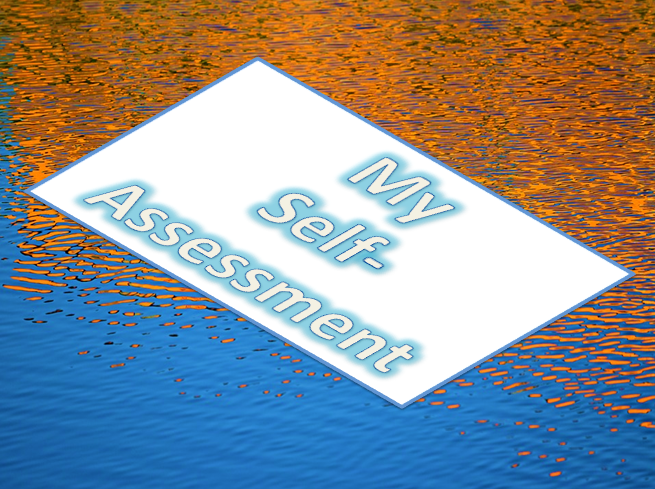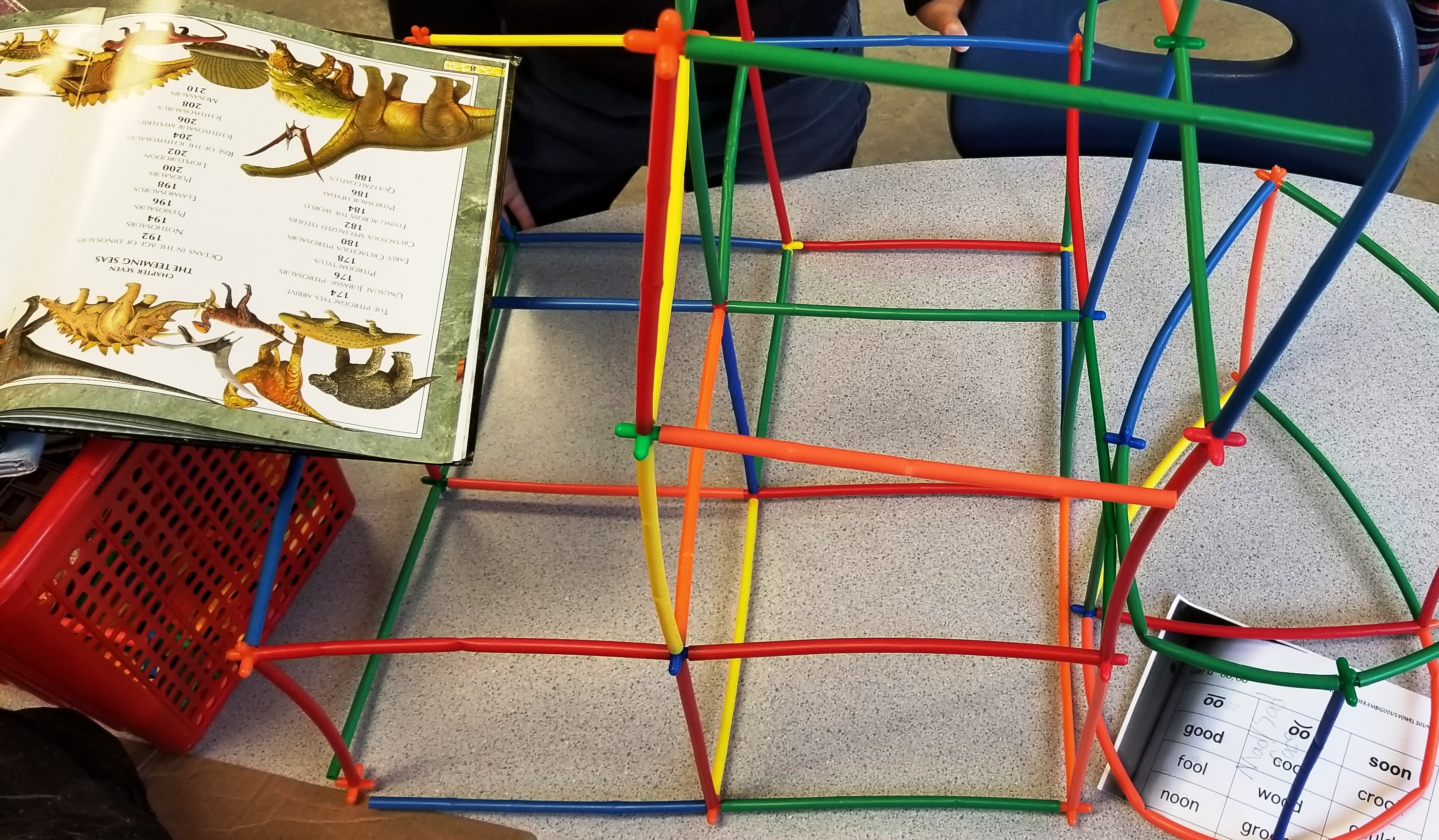My Self-Assessment
This term I have learned about engaging learners in a variety of reading opportunities to enhance their ability to more easily relate to the material. The point that resonated with me the most was ensuring that students are involved in the idea meaning making as they are exposed to various educational materials and mediums. This revelation has enlightened me to a novel method of teaching as my previous technique centered on the concept of asking students basic comprehension question to assess their learning. As a result of taking this course, I am currently developing my ability to invite students to relate to literary topics on a small scale through read-alouds and more recently, novel study.
With read-alouds, I have either chosen materials that are associated to a topical social issue that is part of a current class discussion or I have offered students the chance to choose books in which they can be readily engrossed. We have then discussed how it relates to their individualized perspectives and what they have learned. Students are afforded a variety of opportunities to showcase their own ideas about the new material, whether it is in the form of art, music, or prose after they have engage in small group discussions or one that encompasses the entire class. I have determined that there is a strong sense of enjoyment that results from this form of learning as they spend time focused on each part of the components of the assignment.
Although there are specific structured lessons that are mandated by my school where I am required to follow specific curriculum instructional methods while keeping within the lesson schedule boundaries throughout the year, I still have other opportunities to make this concept of personal relatability a focal point in my class. One particular quote that I used in my forth reflection that continues to resonate with me is that the comprehension level of a student is “tied to their own interests, needs, goals, histories, motivations, and methods of engaging. Understanding are shaped by the purposes that reader set the perspectives that they adopt, their stances, their relationships to the author and other readers and other contextual influences” (Tierney 2019, p. 2). Based on this quote, I have realized students should be immersed in interactive and multi-faceted learning modalities for connections to be formed with the material. After writing my forth reflection, I re-read my previous reflections, including the responses of my peers and professor before I considered the aforementioned quote to formulate a plan that would integrate these components. Upon analyzing my previous unit plans, I noted that I had already created an initial plan for an interactive series of novel study lessons to enhance meaning making but had cancelled it over the years due to it sublimation over seemingly less critical priorities. However, the successful results of this small scale application of these methods within my classroom, demonstrates that such techniques provide an effective additional educational tool that may facilitate the lesson absorption over the long term.
Further analysis of previous work by my students on our novel study unit also makes it clear that there was enough material available for student assessment with that same or a greater degree of inference in their actual writing and comprehension levels than the previous method of simple story summaries. Rather than writing a variety of these book summaries, I had replaced it with what we have coined as, “Chapter Drama.” Students were grouped and then chose their favorite chapter from the book and a specific scene that resonated with them. Based on their choice, they were required to create a skit that demonstrated a relationship between the story and their lives. I had initially allotted two sessions for this lesson technique to determine it viability, however, the overwhelming enthusiasm that it has garnered has resulted in students wanting to go beyond acting, to creating props and costumes which has resulted in the extension of the unit. My students are so willingly engaged that they have insisted on working on in lieu of not only their free classroom time but also their lunch and outdoor play times. This form of learning seems to enable students to offer expression of personal identity, at their own pace and on their own terms. It can be assessed in regards to their comprehension and presentation skills, group work, and effort. Based on the engagement level, I expect all of my pupils to exceed expectations. As evidence of their effort, I have incorporated two current “work in progress” pictures in this reflection of my students in the midst of their creative outflows.
For the upcoming school year, I want to further develop this area by integrating the idea that the individual meaning within a diverse societal patchwork of people and ideas provides an occasion to adopt a more holistic critical and global perspective that allows for the expression as not only self meaning but also allows that expression for others. Based on reflection five, I have started working on this approach but I want to delve deeper into this topic by continuing to research and seek out professional development in this area. Taking into consideration that I will be taking a research methodology course next month, I look forward to pursuing further research in this area as this topic has enhanced my knowledge in teaching not only reading, but also researching using other mediums such as digital technology.


